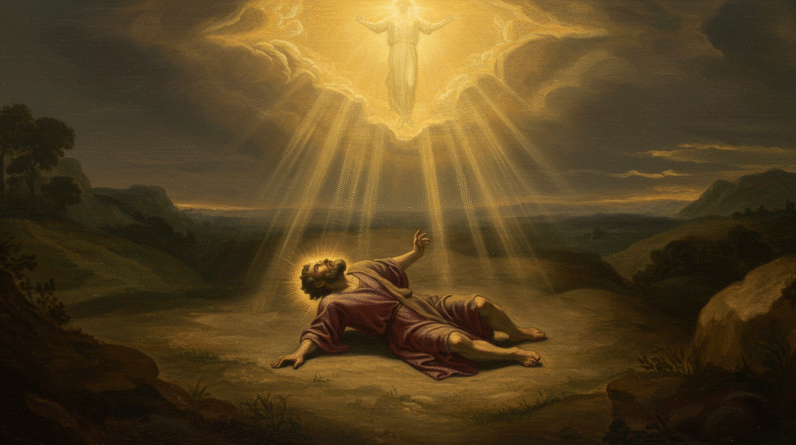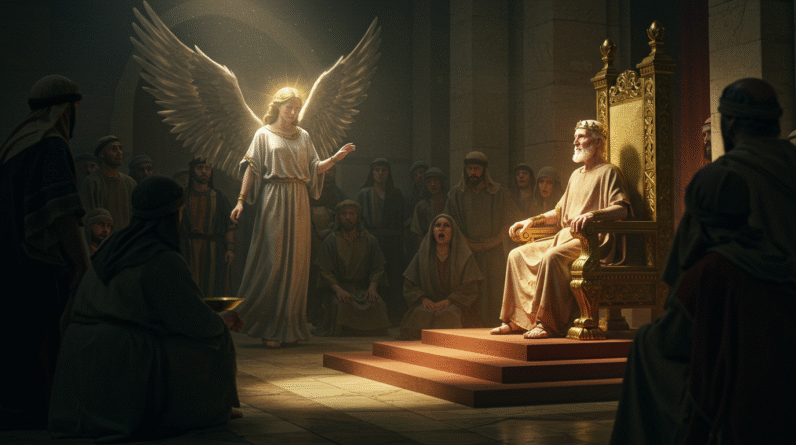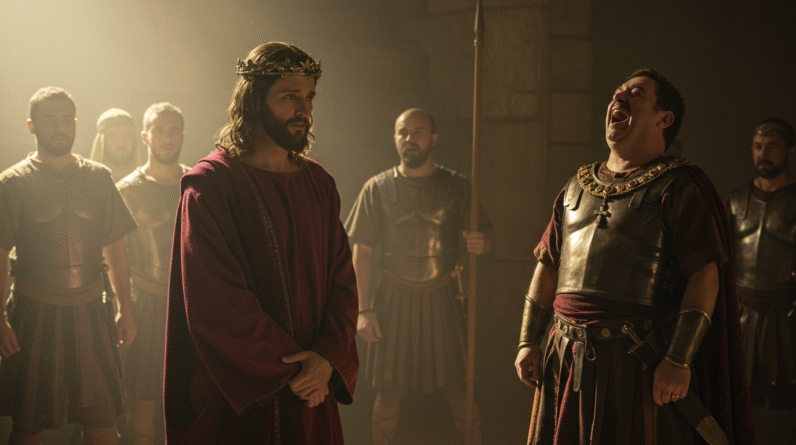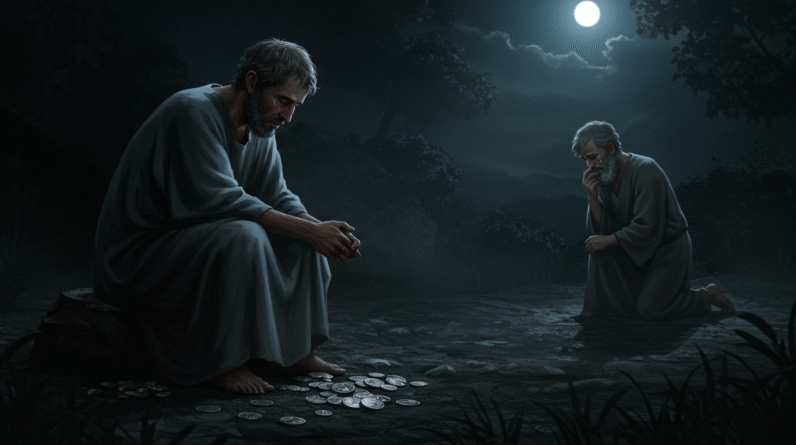Why Did Haman Hate Mordecai? Understanding The Ancient Feud
Embarking on a deep dive into the Book of Esther, we are enveloped in a story that is both ancient and compelling. Although this story unfolds over two millennia ago, “Haman and Mordecai” remain central figures in a tale that grapples with power, identity, and prejudice. Understanding why Haman hated Mordecai is not just an exploration of personal vendetta, but a glimpse into the swirling complexities of cultural identity and generational conflict. This animosity was not born in a vacuum; it was layered with historical feuds, societal expectations, and personal pride.
Historical Backdrop of Haman and Mordecai
To comprehend the depth of Haman’s hatred for Mordecai, one must first consider the historical and cultural tapestry from which both men emerged. Haman was a descendant of Agag, the king of the Amalekites, a tribe that clashed with the Israelites during their journey from Egypt. Centuries before the events of Esther, God commanded King Saul, an Israelite, to destroy the Amalekites completely (1 Samuel 15:2-3, Bible Gateway). Though Saul failed this task, the memory of these conflicts simmered across generations, nourishing enmity.
Mordecai, on the other hand, was a Jew from the tribe of Benjamin, a descendant of King Saul himself. This tribal connection to a defeated enemy would have naturally inspired disdain in Haman. “Haman and Mordecai” were inherently poised on morally charged battlegrounds established long before their births.
Cultural and Personal Pride in Conflict
For Haman, personal pride was a potent catalyst. As an influential officer under King Ahasuerus, also known as Xerxes, Haman was encased in power and prestige. He was honored above all other officials, and this elevation fed his ego. However, Mordecai refused to bow down or pay homage to Haman as others did (Esther 3:2, Bible Gateway). To Haman, this was not merely a breach of protocol but a direct challenge to his authority and dignity. The refusal of reverence from Mordecai exacerbated Haman’s pride, transforming a personal grievance into an ethnic crusade.
Historical Feud between Their Lineages
As we dissect this animosity, the historical feud between their lineages becomes more pronounced. The Bible describes the Amalekite-Israelite rivalry as one rooted in animosity and bloodshed. God vowed to be at war with the Amalekites across generations (Exodus 17:16, Bible Gateway). This prophetic statement carried long-lasting impacts, continuing to ripple through time until the era of “Haman and Mordecai.”
In this light, Haman’s hatred can be partially perceived as a deeply ingrained constellation of wrath and rivalry, worn as an unwelcome heirloom. To some extent, Mordecai embodied the very people who, in Haman’s view, were eternally at odds with his heritage.
The Role of Power and Authority
The interplay of power is another pivotal theme. Haman’s position of authority was substantial yet fragile, tethered largely to the whims of King Ahasuerus. When Mordecai refused to bow, it was not only a slight against Haman’s personal prestige but potentially a threat to his influence at court. Haman’s fear that Mordecai’s disrespect could spread or inspire others to defy him colored his rage. The potential undermining of his authority amplified his wrath to a pitch that transcended personal vendetta and entered the realm of genocidal hatred.
Mordecai’s Resolve and Community Identity
Mordecai’s refusal to bow was more than a personal refusal; it reflected his steadfast adherence to his beliefs and cultural identity. For Jews, bowing down was linked to idol worship, a practice forbidden by their faith. Mordecai’s action, therefore, was a declaration of his loyalty to God and his community, a refusal to compromise his identity even when faced with potential peril. This defiance by Mordecai inadvertently made “Haman and Mordecai” symbols of the broader cultural and religious conflict between their peoples.
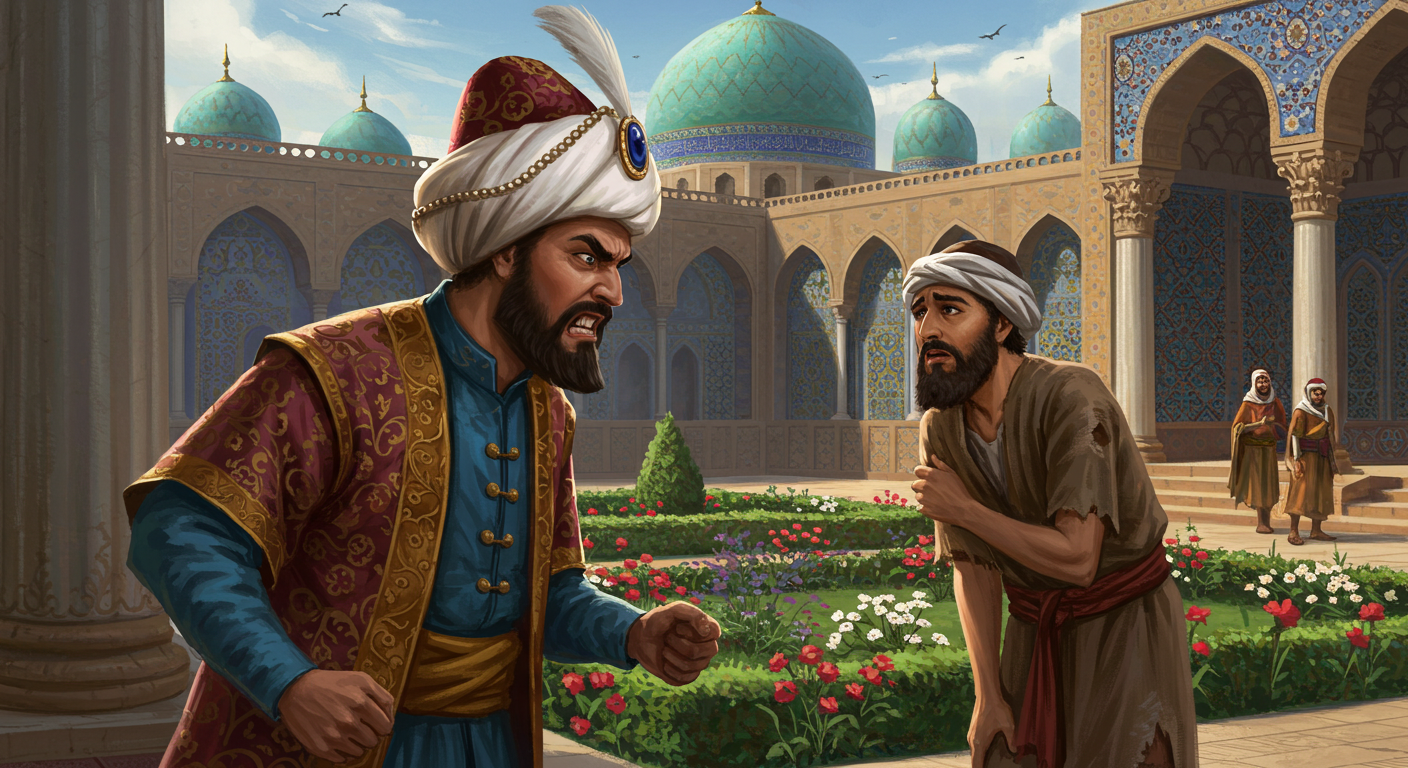
Haman’s Decree Against the Jews
Haman’s reaction was severe. Instead of confronting Mordecai alone, he devised a plan to annihilate not just Mordecai but all Jews within the kingdom (Esther 3:5-6, Bible Gateway). This reaction speaks volumes about how the personal can spiral into collective violence when stoked by historical grievances and personal vendettas. The leap from personal affront to the genocide attempt illustrates the dangerous power wielded when one man’s ego is entwined with cultural and historical animosity.
Esther’s Intervention and the Turning of Tables
The story of Esther beautifully illustrates the power of courage and wisdom in face of imminent danger. Upon learning of Haman’s plot, Mordecai turned to Queen Esther, his cousin, and reminded her of her royal position and potential influence. Esther’s bravery in approaching King Ahasuerus, despite protocol that forbade uninvited visitors to the king, was instrumental in redefining the fate of “Haman and Mordecai” and their peoples (Esther 4:13-16, Bible Gateway).
In a series of strategic banquets and disclosures, Esther revealed Haman’s scheme, showcasing courage and astute diplomacy. This culminated in Haman’s downfall, illustrating how ingenuity and unity can overcome malice.
The Legacy of Haman and Mordecai
The legacy of “Haman and Mordecai” has outlasted their lifetimes through annual remembrance in the Jewish festival of Purim. This festival celebrates the Jewish people’s deliverance from Haman’s decree, marking triumph over persecution and the enduring resilience of a community. With readings from the Book of Esther and traditional celebrations, Purim reminds us of the persistent struggle for survival and dignity amid adversity.
What We Learn from Haman and Mordecai
Our exploration of the ancient feud between Haman and Mordecai unearths lessons on power, identity, and reconciliation. It exemplifies how personal pride can distort decisions to monstrous ends and how historical antipathy can be manipulated into dangerous justification for violence. Importantly, it encourages us to reflect on how encompassing empathy and understanding can foster reconciliation rather than enmity.
Conclusion
The story of “Haman and Mordecai” resonates as a potent reminder of the perils of unchecked pride and prejudice. Whether one views their tale as a historical account or a moral allegory, its core themes remain relevant: the intertwining of personal and collective identities, the complexities of cultural enmity, and the journey toward resolution through courage and unity. By examining these ancient narratives, we gain insight into today’s conflicts, recognizing patterns that transcend time.
Explore More
For further reading and encouragement, check out these posts:
👉 7 Bible Verses About Faith in Hard Times
👉 Job’s Faith: What We Can Learn From His Trials
👉 How To Trust God When Everything Falls Apart
👉 Why God Allows Suffering – A Biblical Perspective
👉 Faith Over Fear: How To Stand Strong In Uncertain Seasons
👉 How To Encourage Someone Struggling With Their Faith
👉 5 Prayers for Strength When You’re Feeling Weak

📘 Jesus and the Woman Caught in Adultery – Grace and Mercy Over Judgement
A powerful retelling of John 8:1-11. This book brings to life the depth of forgiveness, mercy, and God’s unwavering love.
👉 Check it now on Amazon
As a ClickBank Affiliate, I earn from qualifying purchases.
Acknowledgment: All Bible verses referenced in this article were accessed via Bible Gateway (or Bible Hub).
“Want to explore more? Check out our latest post on Why Jesus? and discover the life-changing truth of the Gospel!”



